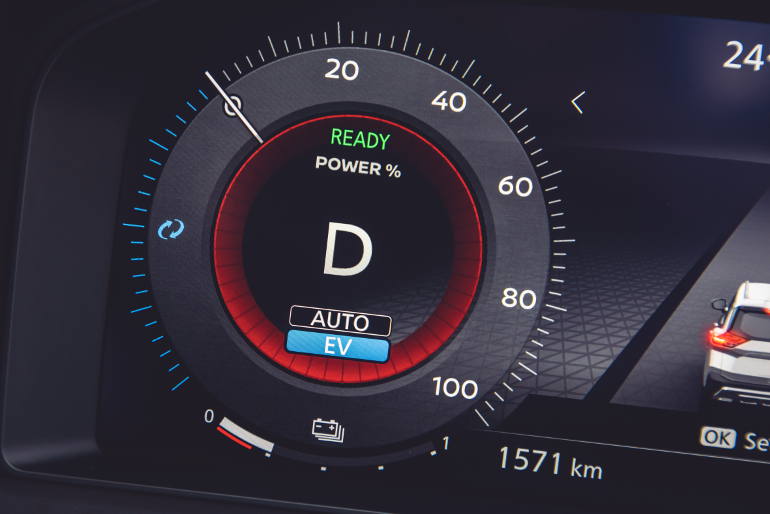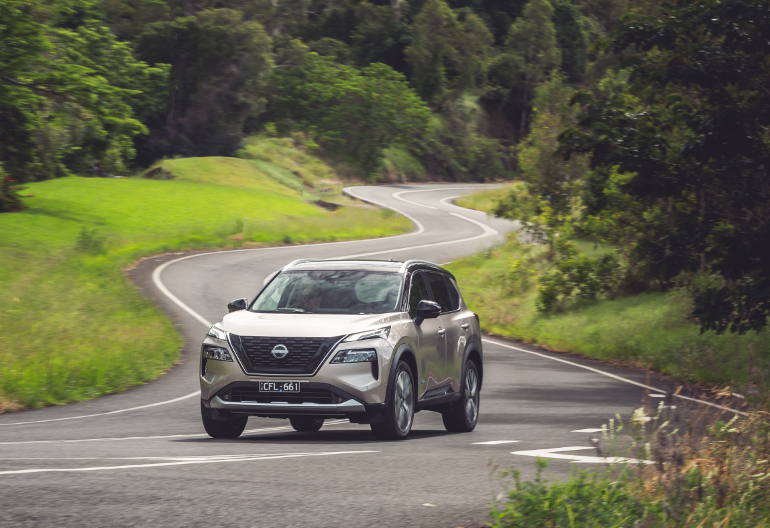When Nissan launched the new model X-Trail with the e-Power drivetrain, there was confusion amongst Fleet Managers trying to classify it as a hybrid or an electric vehicle. Some questioned the reasoning behind the decision because the published fuel economy numbers didn’t offer any benefits compared to traditional hybrid vehicles.
It may seem like a strange drivetrain combination at first, but Nissan introduced the LEAF, first mass market EV, to Australia over a decade ago and has been researching electric powertrains globally for even longer.
So I contacted Ben Warren, National Manager Electrification and Mobility at Nissan, to learn more about the e-POWER system. And it turns out to be a very clever way to reduce emissions and help fleets through the transition to zero emission vehicles over the next two decades.
“The beautiful thing about X-Trail e-POWER is it performs like EV, but from an engine revving and all of those things, it feels relatively natural to you as driver,” explains Warren.
“And so the reason why we’re bullish on that technology, at least in the short term, is because we know from more than 10 years of LEAF, that the biggest barriers to private consumers and fleet owners is range and charging. And for fleet charging, is biggest issue.”
“All of those things are solvable and will be solved, with time, money, sometimes a few headaches along the way. And where e-POWER comes in, and where we think it’s got a really bright, short term future, it drives like an EV. So from an emotional perspective, from a performance perspective, once you drive it you don’t ever want to go back. That’s the same as an EV, once you’ve figured out how it fits into your life, you never want to go back. e-POWER does that job.”

“So the thinking is that when you purchase the vehicle today, if you’re private consumer, you probably have it for maybe five to ten years; if you’re a fleet, three to five. When you go to cycle that car, there should be an evolution in infrastructure, there should be more product available, cost should be a little bit less. So then maybe you might be in a position where it is feasible for you to make the change.”
“And because you’re used to driving an EV, you’ll never want to go back to a petrol. So from a transition perspective, we see e-POWER as been really strong. I say short term opportunity, because eventually we won’t sell e-POWER. By 2050, it’ll be all EVs.”
The way Warren explains it would make sense to Fleet Managers that are struggling to balance the desire to buy electric vehicles, with the potential costs of the transition, and the operational realities of running a fleet of cars, trucks and plant.
So I asked about the fuel economy, and why they would launch e-POWER knowing that it’s higher than traditional hybrids already on sale in Australia?
“So on paper it’s definitely better than a petrol engine. Not quite as efficient as traditional hybrid,” confirms Warren. “However I would challenge that assumption in real world. But it’s still not going to be materially better versus a conventional hybrid.”
“What it is, though, is the driving experience between the two is chalk and cheese. And so what we always say with EVs is, test drives are the key, and it’s the same with the e-POWER.”
“So the one thing that I notice is, people always talk about the transition to electric vehicles in terms of should I, or shouldn’t I. You’re asking all these questions. How do I charge it? How far will it go? How much does it cost? All they are really valid and important questions.
“And you’re doing that before you’ve driven the car. But after you’ve driven the car. The light switches on. Like, this is good. This is fun. This is quiet. This is smooth. This is amazing! And you’re still asking the same questions, but you’ve gone from asking questions to finding solutions.”
“So for consumers we say, all your questions are really, really good and really valid, and we have answers for them. Take the car for a drive and then let’s have the conversation. Because once you’ve driven it, you won’t want to go back. And you’ll approach the same questions very differently. We think e-POWER is a good tool to unlock that, as well.”






